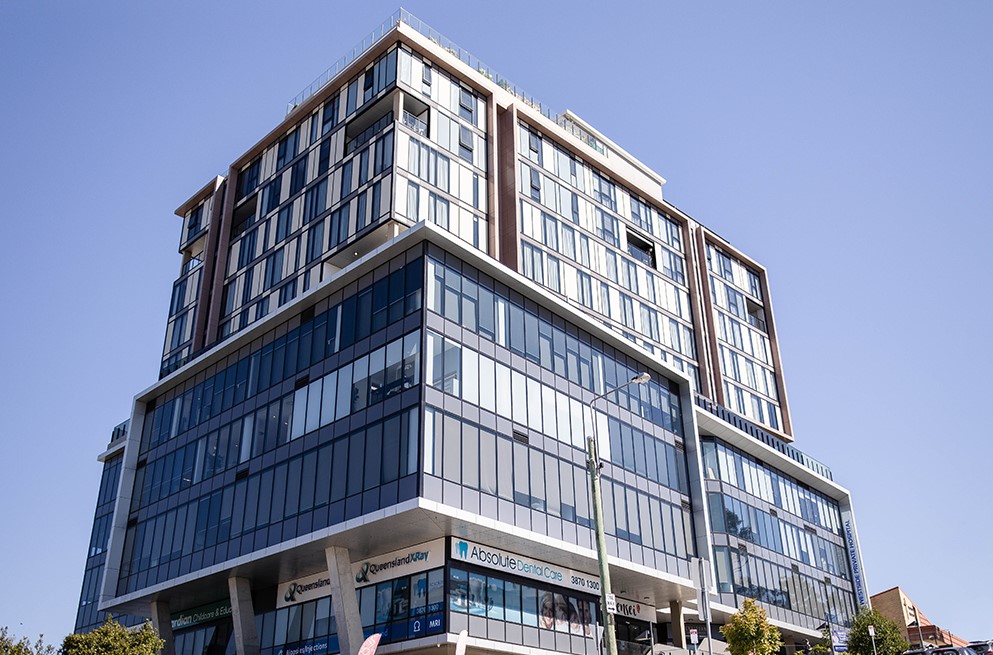01
Aug 2025
Victoria Launches North Metro & Mitchell Local Health Service Network to Strengthen Regional Healthcare
Published in News on August 01, 2025

Effective 1 July 2025, Victoria has ushered in a new era of coordinated healthcare by launching the North Metro & Mitchell Local Health Service Network (LHSN), bringing together key health services—including Austin Health, Northern Health, Mercy Hospital for Women, and Seymour Health—under a unified collaborative framework. This strategic initiative aligns with the Victorian Government’s broader reforms to enhance access, efficiency, and quality in healthcare delivery.
Why This Network Matters
The LHSN model represents a significant shift toward patient-centred care. Unlike previous fragmented arrangements, these networks group hospitals and health services within comparable geographic regions, enabling more integrated and coordinated care, closer to where people live.
- Referrals and care transitions are now streamlined, reducing wait times and simplifying access.
- Shared governance promotes consistent quality standards and unified clinical management.
- Pooling administrative resources helps reduce duplication and increase value for public investment.
Though each institution retains its identity and local leadership, this collaborative approach strives to offer more seamless, equitable healthcare from Metro Melbourne to regional Mitchell communities.
What the Network Includes
Based in North Metro Melbourne, the newly formed North Metro & Mitchell Network aligns Austin Health (as lead agency), Mercy Health’s maternity hub, Northern Health, and Seymour Health. Together, these services now form part of Victoria’s 12 officially recognised Local Health Service Networks.
This grouping ensures that larger specialty centres, like Austin Health, can support smaller hospitals such as Seymour for surgical follow-ups or specialist diagnostics, while enabling patients to access routine care closer to home.
Core Benefits of the Network Model
- Improved Access and Equity
Centralised referral pathways streamline patient movement between local and tertiary services, addressing delays and breaking down barriers to specialty care. - Enhanced Workforce Support
Coordinated workforce planning allows recruitment, training, and retention strategies to be aligned across partner hospitals—especially vital during regional health recruitment challenges. - Safety and Quality Consistency
Unified governance ensures consistent clinical protocols, patient safety standards, and quality improvement frameworks across the network. - Resource Efficiency
Shared support systems—including IT, HR, and administrative functions—free up capacity and redirect focus toward patient care.
Stakeholder Perspectives
Patient advocacy groups and healthcare leaders have welcomed the network model as a significant step toward more equitable and responsive care. As preparation for the transition began, clinicians emphasised the importance of retaining local decision-making while benefiting from shared clinical expertise and scalability.
Meanwhile, policymakers stressed that LHSNs form part of a broader reform agenda to solidify Victoria’s public health system, ensuring consistency, fairness, and adaptability.
Real‑World Impact for Communities
Residents across Northern and Mitchell regions can expect more seamless healthcare access:
- A patient needing sub-specialist input—such as cardiac diagnostics—might see a local provider (e.g., Seymour) and be referred efficiently to Austin Health without redundant paperwork.
- Patients can receive postoperative follow-ups closer to home while specialist procedures remain centralised.
- During emergencies or outbreaks, the network enables coordinated responses across multiple sites.
Building Resilience in Regional Health
In addition to easing access, the North Metro & Mitchell LHSN reinforces Victoria’s capacity to serve a diverse and growing population.
- Telehealth services and shared clinics become easier to coordinate across the network—boosting access in rural areas.
- Training and support programs deployed across member hospitals allow regional clinicians to leverage the latest best practices.
- Care navigation becomes simpler, particularly for older patients or those with chronic conditions needing multi-site care.
Austin Health’s announcement confirms a strategic commitment to resource-sharing and continuous improvement as part of this network.
How the New Model Compares to the Past
Historically, health services functioned autonomously, leading to delays in patient transfers, duplicated systems, and slower policy rollout. The LHSN framework is explicitly designed to rectify these inefficiencies—while preserving local cultural strengths and identity.
Looking Ahead
As the North Metro & Mitchell Network settles into operation, observers will be watching for:
- Quantifiable reductions in wait times and referral delays
- Enhanced workforce stability, particularly in regional centres
- Consistent patient experience, regardless of location or facility
- Greater integration of Telehealth and community care services
Implementation highlights include the upcoming Regional Outcome Review Initiative (RORI) and coordination with the North East Metro Health Service Partnership, which supports population health, mental health, and out-of-hospital care services.
Summary
The creation of the North Metro & Mitchell Local Health Service Network marks a turning point in Victoria’s public health system. By uniting Austin Health, Mercy Hospital for Women, Northern Health, and Seymour Health under one collaborative banner, the state is investing in a more accessible, equitable, and sustainable healthcare system.
Key advantages include smoother patient pathways, stronger workforce planning, unified safety and quality standards, and smarter resource distribution. For patients, families, or healthcare professionals needing temporary accommodation near major hospitals, fully furnished serviced apartments—such as those offered by Corporate Keys—provide a comfortable and practical alternative to traditional hotel stays, with flexible, extended options tailored for longer visits.
As this network evolves, it holds promise as a model for building community-centred healthcare across both metro and regional Victoria.









